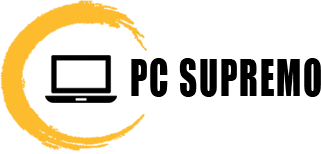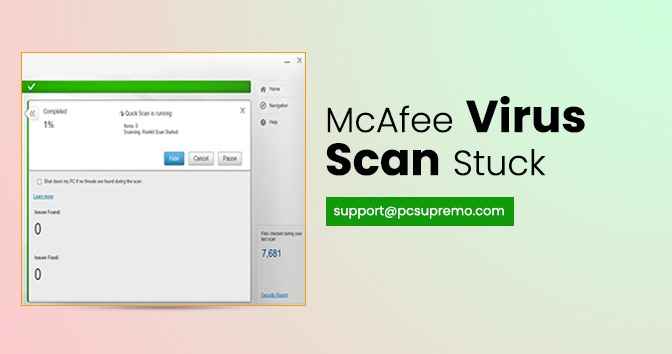External hard drives are a popular medium for transferring large amounts of data from one system to another. Every computer has an internal hard drive for data storage; However, sometimes we need to carry some data and at the moment we can’t.
External drives play an important role here. An external hard drive always serves as a backup for all your important data and is very easy to use thanks to the plug and play” function via USB connection.
External devices are mainly available in 2 physical sizes, namely 2.5 and 3.5 with a capacity of 160 gigabytes up to 2 Terra bars. Because these devices are portable, they are more susceptible to virus infections, Trojans, and malware damage.
In such a case, any virus attack on the external hard drive may fail. To prevent viruses from attacking your external hard drive, the hard drive virus removal process is important.
Get some good antivirus software and also check to see if it scans for viruses before using it for good. This can limit data loss as much as possible in case of a virus breach.
Contents
Use CMD to remove virus
If you are wondering how to remove virus from external hard disk without formatting, you can use CMD. Using CMD to remove viruses from infected external storage media can help in some cases.
As a free and easy method, this should definitely be your first choice for recovery.
• First connect the external device to the device
• Then go to the start menu
• Enter cmd in the search bar
• Then press Enter
• You must now see cmd below the list of programs
• Use CMD to recover your files from an external storage media that is infected with a virus
• To do this, right-click on CMD.
• You will then receive orders from Windows that will allow you to recover files infected with the virus
• Then use CMD to recover your files from external storage media infected with a virus
• After the above process, your MS Windows operating system will begin to repair the device infected with a virus and remove the virus from an external hard drive.
The above process often takes no more than 1-2 minutes. Until then you have to be patient.
And after the repair is complete, you can go to your device to see if you can actually see all the files that were previously infected with the virus.
Also Read this – [Resolved] How To Fix Norton Error 3039?
Commercial data recovery service
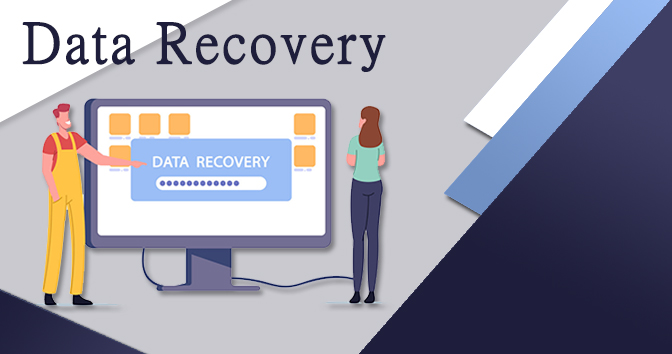
If you have managed to recover your data from a virus-infected external device using CMD, then this is a good job for you! However, if not, don’t despair either.
You still have one option left and that is completely reliable, which is to ask for some commercial data recovery service! Look for such providers online, do a little research and focus on the reputed ones.
The best data recovery company in India that gets good reviews from most of the users who tried their services. They can even contact their staff for help. You can even hear that your team is very kind and very friendly to users who want such help. Plus, they are quick and fast when they deliver fast results.
His perseverance speaks volumes about him. You can search for these providers online and actually look at the reviews of other users who have tried their services, which will give you a better idea of this company and the quality of the services they offer.
Once you hire a sales service provider and get professional intervention, your problem has a very high chance of being solved with minimal downtime because they know their job pretty well!
Also Read this – What Is Norton Security Error 8504 and How To Fix It?
How to scan and remove viruses from your external hard drive:
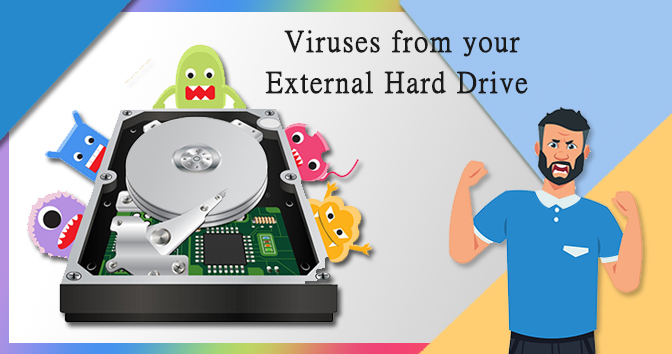


To know how to remove virus from hard disk without formatting you must follow the following:
• Enter your Windows computer. (Windows 8 on this demo.)
• Download and install antivirus on your computer. (Download Avast Antivirus for example in this demo.)
• Connect your external hard drive to your computer.
• Click the File Explorer icon in the system tray in the lower-left corner.
• In this computer window, look for an external hard drive in the left panel and right-click on it.
• In the context menu that appears, click Scan.
• When scanning is complete, select the appropriate action in the virus handling interface that appears.
• After the virus is removed or the virus is not found, close the antivirus window and start accessing the device.
This way you can understand how to scan an external hard drive for viruses and remove it without any difficulty.
Also Read this – How do I turn ON/OFF Norton SONAR PROTECTION?
Always remove viruses directly from the registry
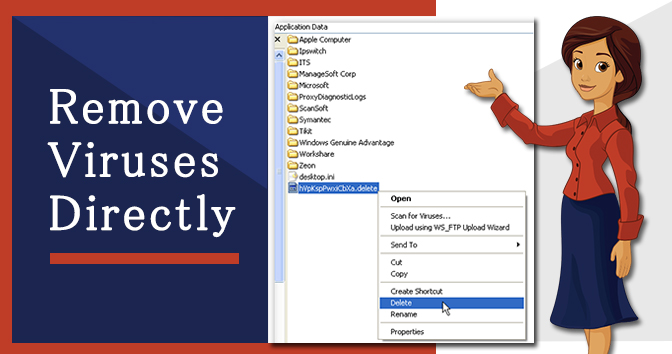


Your Windows registry is a database that stores information, settings and more for both the operating system and installed applications/hardware.
If your hard drive or pen drive is infected with a shortcut virus, a new registry containing virus information will be added to the Windows registry.
This is also the way to remove Shortcut Virus using Registry Editor by following the steps below:
- Type regedit in the search box and right click on “regedit” and select “Run as administrator”.
- Navigate to HKEY_CURRENT_USER. Go to Software. Click Microsoft. Click Windows , then CurrentVersion. At last click Run
- Right-click on it and select Delete to remove this key from the registry.
Since virus file names vary, you may need to do more searching and be careful. Do not delete critical or non-viral processes. After removing the shortcut from your hard drive or USB stick, restart your computer and you can use it as usual.
Conclusion



Remember these points to ensure that the virus won’t attack again:
- Always scan your hard drive instantly with the latest antivirus software with a pen and plug in your computer
- Update your antivirus software regularly
- Get frequent backups
Here are the solutions to remove the virus without formatting or losing data. And with the help of the EaseUS data recovery wizard, you can clean the virus without losing any data.
Apart from removing Shortcut Virus, we have listed some tips that you can follow to keep your device and data safe from Shortcut Virus and other virus infections. Let’s hope you find it useful.
